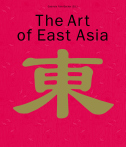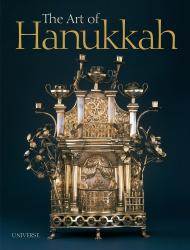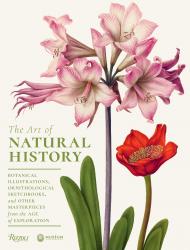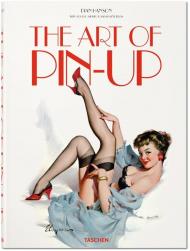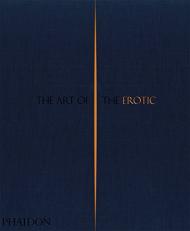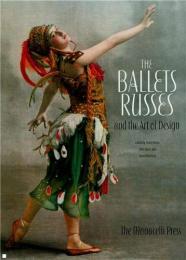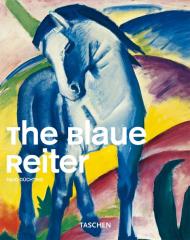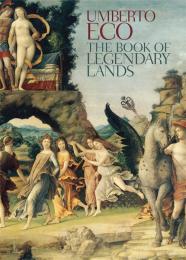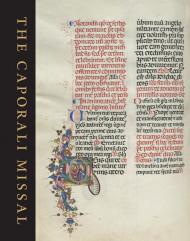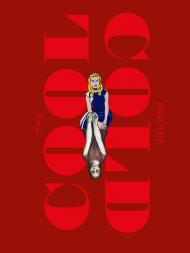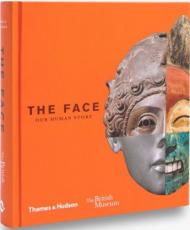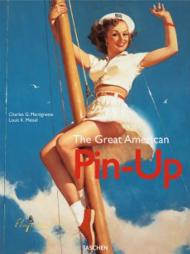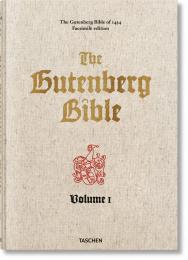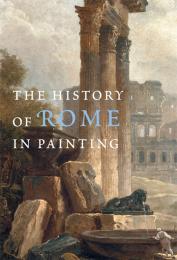Handbook of Visual Experience. An exploration of symbols and their meanings throughout history
The Book of Symbols combines original and incisive essays about particular symbols with representative images from all parts of the world and all eras of history. The highly readable texts and almost 800 beautiful full-colour images come together in a unique way to convey hidden dimensions of meaning. Each of the c. 350 essays examines a given symbol's psychic background, and how it evokes psychic processes and dynamics. Etymological roots, the play of opposites, paradox and shadow, the ways in which diverse cultures have engaged a symbolic image - all these factors are taken into consideration.
Authored by writers from the fields of psychology, religion, art, literature, and comparative myth, the essays flow into each other in ways that mirror the psyche's unexpected convergences. There are no pat definitions of the kind
that tend to collapse a symbol; a still vital symbol remains partially unknown, compels our attention and unfolds in new meanings and manifestations over time. Rather than merely categorize, The Book of Symbols illuminates how to move from the visual experience of a symbolic image in art, religion, life, or dreams, to directly experiencing its personal and psychological resonance.
The Book of Symbols sets new standards for thoughtful exploration of symbols and their meanings, and will appeal to a wide range of readers: artists, designers, dreamers and dream interpreters, psychotherapists, self-helpers, gamers, comic book readers, religious and spiritual searchers, writers, students, and anyone curious about the power of archetypal images.
The editor and author:
Drawing upon Carl Gustav Jung's work on the archetype and the collective unconscious, the Archive for Research in Archetypal Symbolism (ARAS) is a pictorial and written archive of mythological, ritualistic, and symbolic images from all over the world and from all epochs of human experience. The collection of 17,000 photographic images, accompanied by commentary on their cultural and historical context, probes the universality of archetypal themes and provides a testament to the deep and abiding connections of all life.
